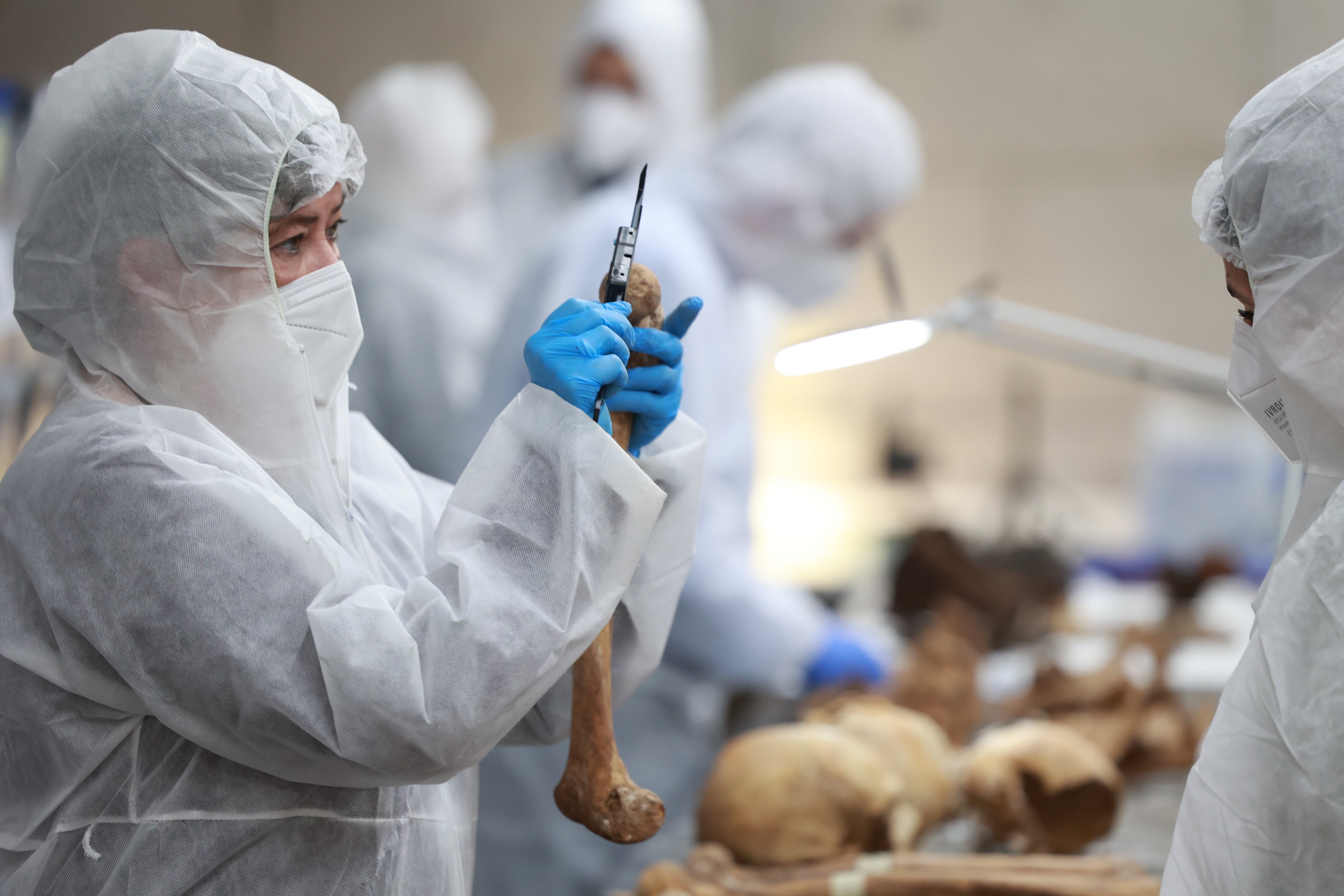The photographer’s function

In Your image (2024), in an adaptation of Jérôme Ferrari’s namesake novel, Thierry de Peretti again makes a movie about his Christmas Corsica and independentist nationalism. But this time, these troubled years are seen by the main character, Antonia, played by Clara-Maria Laredo, through the lens of her camera.
Pascal, embodied by Louis Starace, is a manly man with long hair, reserved and decided. The character’s name is not obviously innocent and remembers Pasquale Paoli, the Babbu di a Patriaor « Father of the Fatherland », leader of the ephemeral Corsican independent between 1755 and 1769. Antonia is in love with him, but her man’s militant life leads him to armed violence and prison. Is it possible to have a life for two like this? Decided, he tells him not, but what is at stake is more than a mere love relationship.
Antonia is a young photographer who records both moments of living with friends and FAIT-DIVERS to illustrate the news for the local newspaper you work. It is in the newsroom that he learns that morality has nothing to do with his work and that the instantaneous has priority.
The backdrop of this story is the lead years of nationalist struggles in Corsega, political violence, terrorism, repression, prison. But also of certainties and doubts, besides friendship. Militancy is not projected here as a stylized figure of the political soldier, but portrayed in a human form, that is, with all defects and virtues, especially those of the youth ardor. Because those who are able to commit attacks are the same ones who have fun with friends on a night cup night, who date or argue with parents, who have a common life…
There is an extraordinary scene in which Antonia, Pascal and her group of friends are in an outdoor concert. They drink and have fun as they hear and sing one of the beautiful corners. On stage the inspirer sings CITADELLA DA Fàthe « citadel to build » before « the enemy surrounding the land », and the public accompanies. More than a song, it is slogans, it is a political manifesto and, when during the performance we hear shots fired into the air, we know that there are those who are willing to fight until the last consequences.
Corsican nationalism that broke out in the 1970s had profound roots and reflected a community consisting of secular generations with its own culture, but the result of the time and the left tendencies of many of its leaders and ideologues assumed a third-world speech. Although many nationalist militants Corses had antagonistic positions to this, he took revenge on the narrative in which the French were ‘the settlers’ that should leave, as if the Córsega were the new Algeria, in a useful decal to win international sympathies, but that I had little to do with local reality.
Also in this respect, there is a scene of the movie where the song is revealing. In an intimate moment between Antonia and Pascal, when she photographs him as he talks on the phone on a naked trunk, we hear Salut to toian internationalist ‘anthem’ of the group punk French Bérurier Noir.
The Corsican Corsican Tellurica Melody Hacing with the Electric Distortion of the Guitar punkbut this musical paradox is revealing. How is it possible to defend the roots and protect a people when proclaiming leiser internationalism?
The historical constraints from May 68 to the example of other separatisms of the time are known, but the contradiction is even more blatant when, in our day, Corsga faces the phenomenon of mass immigration, Islamization or wokism, which are naturally incompatible with the preservation of Corsa identity.
In this regard, a lot of paint has been running due to the seemingly strange behavior of Corsican voters, who in local elections vote mostly in nationalist and autonomists, but in the last presidential presidential voted in Marine Le Pen. Such an expression of popular will is only strange to whom, told by the left/right dichotomy or motivated by bad faith, it is unable to understand the identity vote of a people who want to perpetuate.
To understand this reality you need to get out of photography, throughout your projection and staging. After all, as Antonia early understood, the photographer’s function is to keep the distance. But, as its example of it demonstrates, as much as it tried to move away, it is impossible to escape your identity.







